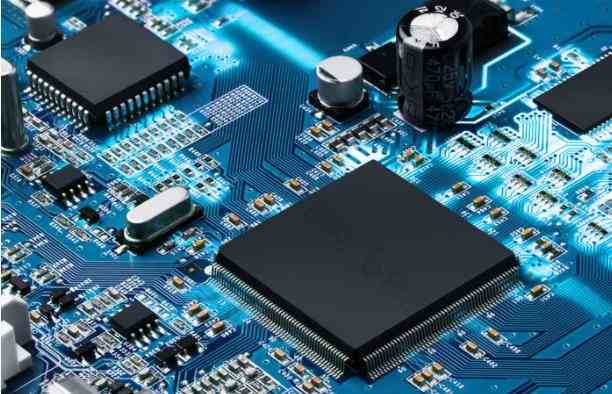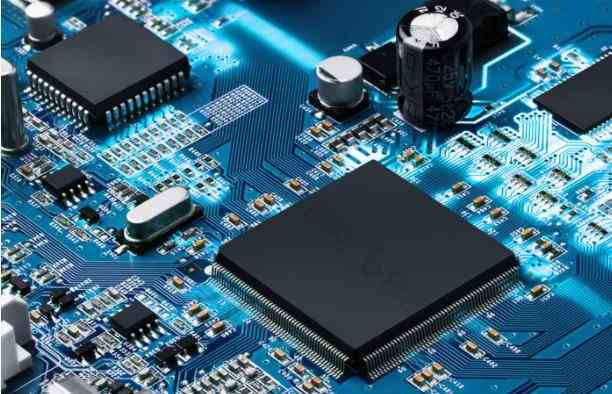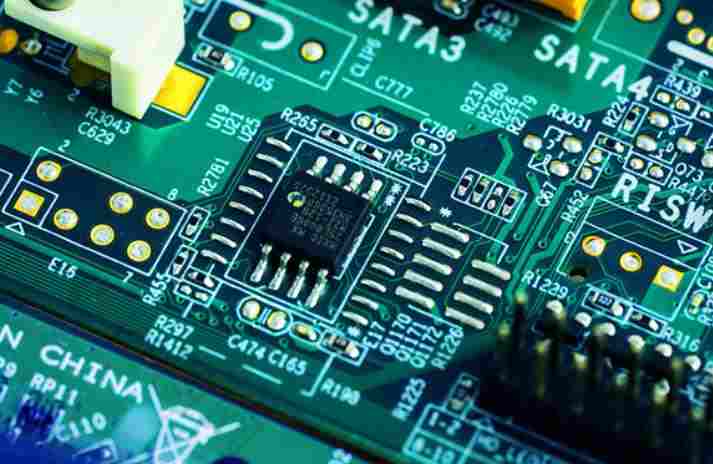
Introduction to PCB Cleanliness Control
Cleanliness in mechanical industry and microelectronics industry This paper mainly introduces the concept of cleanliness, particle cleanliness and ionic pollutant detection methods, and introduces the relevant equipment for cleanliness detection in combination with the situation of our laboratory
1. Introduction
1.1 Cleanliness concept
Cleanliness indicates the amount of dirt left on a specific surface of a part or product after cleaning. Generally speaking, the quantity of dirt includes type, shape, size, quantity and weight.
1.2. Necessity of cleanliness test
1.2.1 Vehicle cleanliness control
Cleanliness control is an important link to ensure that products meet quality requirements in the production process. Its impact on cars is mainly reflected in two aspects:
On the one hand, the impact on product efficiency. For example, blockage of the fuel line will lead to difficulty in starting the engine or insufficient power, and blockage of the lubricating oil line will lead to insufficient oil pressure or no pressure, thus increasing friction between motion pairs. The engine will not be able to apply effective power, and even lead to cylinder blockage. The brake pipe is blocked., It will reduce the braking effect or cause braking failure.
pcb board

On the other hand, the impact on vehicle life. A domestic factory tested the effect of cleanliness on engine life. Statistics show that the service life of the diesel engine has been more than doubled after the cleaning treatment of the diesel engine parts and the whole engine.
1.2.2 Control circuit board cleanliness
The effectiveness of the circuit board is directly related to the specific number of visible and invisible residues between pads and holes in all areas of the active circuit. In a humid environment, ion pollution may cause many problems, such as short circuit between conductors due to crystal growth, or direct corrosion of conductors to reduce the surface impedance of products. For circuit boards, it is particularly important to monitor the degree of ion contamination to ensure the reliability of products.
The main pollutants that may be exposed in the production of integrated circuits include particulate impurities, inorganic ions, organic substances, microorganisms and gas impurities. Generally speaking, inappropriate temperature, humidity, illumination, excessive static electricity and electromagnetic noise, air noise and micro vibration are also special pollutants. Among them, when the number of particle impurities, inorganic ions, organic substances, microorganisms and gas impurities exceeds a certain limit, it will lead to surface scratches, broken patterns, short circuits, pinholes and peeling of integrated circuit products, resulting in circuit leakage and abnormal electrical characteristics. The lighter ones will affect the circuit efficiency and service life, and the more serious ones will lead to circuit scrapping. Improper temperature, humidity, illumination and excessive static electricity, vibration and noise not only affect the processing accuracy and service life of process equipment, but also affect the mood of operators, thus affecting the quality, production efficiency and output of integrated circuits. The proportion of product failures caused by pollution may be as high as 60%.
2 Cleanliness test method
Cleanliness test method is very important for process control, quality assurance and fault analysis. The test method is to summarize the detailed program used to obtain the cleanliness data of the test object (such as various mechanical and electronic parts).
Some contaminants on the workpiece surface can be directly detected, while other contaminants need to be detected by indirect methods. For example, the cleanliness of components and system cavities in machinery is usually determined by indirect methods, using the degree of contamination of the working fluid or process fluid (cleaning fluid) used, such as testing the cleanliness of hydraulic oil to determine the cleanliness of the hydraulic system. Indirect detection mainly involves the collection, purification and weighing of oil samples. CTI cleaning laboratory also develops indirect cleaning methods based on a large number of direct cleaning methods.
The degree of ion pollution was also measured by indirect methods. First, wash the surface of the circuit board with the test solution, dissolve the ion pollution in the washing solution, and then test the resistivity or conductivity of the extract. The main detection method is NaCl equivalent method. And ion chromatography.
2.1 Method overview:
For the cleanliness of particles, there are five commonly used detection methods: visual inspection method, fluorescent method, weighing method, contact angle method and fineness quantitative method.
For the test of circuit board cleanliness, there are mainly NaCl equivalent method and ion chromatography method.
Visual inspection method: visual inspection method is a relatively simple inspection method. The external surface or internal cavity surface of the part that can be observed under a magnifying glass or a microscope shall be inspected manually. Then determine whether the pollution particles are metal, non-metal or fiber and their size. The visual inspection method is mainly used to check the large and obvious particles, spots, rust spots and other contamination left on the surface of parts. The main disadvantage of this method is that the detection results are easily interfered by human factors.
Fluorescence method: mainly use ultraviolet ray to detect the cleanliness of the part surface. Under the irradiation of ultraviolet ray, the pollutant particles on the surface will emit fluorescence. According to the fluorescence, the position of dirt on the surface of the part can be visually inspected, and the fluorescence intensity can be tested with a signal detector to indicate the degree of contamination on the surface. However, if you want to determine the composition and other characteristics of pollutants, you must rely on other analytical methods.
Contact angle method: the so-called contact angle is the angle maintained when the liquid forms thermodynamic equilibrium on the solid surface. The measurement of contact angle between solid and liquid is an analytical technology, which is widely known in many similar fields (such as adhesion, surface treatment and polymer surface analysis). This is a surface analysis, which is very sensitive to the single layer changes of EMUs. The technology contact angle method is mainly realized by using a surface cleanliness analyzer. Evaluate the difference between the surface contact angle (water drop angle) of glass, wafer, PCB and other oil contaminated data and the angle of glass and wafer. How to clean the chip and PCB board.
Weighing method: Weighing method is a commonly used cleanliness test method in industrial production and testing. This is also the most commonly used test method in our laboratory. The test principle is to use the selected cleaning solution to clean a certain number of samples under specific conditions. The cleaned liquid is filtered through a filter membrane with a certain aperture (the common filter membranes are 5mm, 10mm, 20mm, 30mm, etc.), and the dirt is collected on the surface of the filter membrane. Weigh the filter membrane before and after filtration, and the difference between the two weighing is the weight of pollutants.
Fineness quantitative method: This is a new method to test the cleanliness of parts. The basic principle is that the tested surface and pollutant particles have different light absorption or scattering rates. The test method is the same as the gravimetric method. After the filter paper is dried, the particle size and area can be obtained by using a microscope (the best equipment is image recognition and analysis equipment with photographic function) to detect under light irradiation. Measure the result of solid particle pollution of parts. It is suitable for precise cleaning and quantitative cleanliness detection, especially for detecting tiny particles and colored impurities. However, if the filter membrane is white, the identification of white dirt and bubbles may lead to false judgment.
NaCl equivalent method: the number of conductive ions in the solution can be simply expressed by the conductivity of the solution. According to the conductivity of the known amount of NaCl in the extract, the content of unknown conductive ions can be simply given. The specific operation method is as follows: rinse each 250mm2 printed board with 100ml solution in a trickle pipe until the solution is collected in a beaker (this process requires at least 1min). Use a conductivity tester to test the resistivity of the solution. The result output method is expressed in NaCl equivalent per square centimeter area.
Ion chromatography: according to different degrees of adsorption and desorption of different ions in mobile and stationary phases, the time for ions to pass through the adsorption column is different to achieve ion separation Then calculate the concentration of the detected ions according to the size of the ion peak area Isopropyl alcohol is used as the extractant to extract the PCB circuit board of the ions to be tested, and then the PCB circuit board is detected by ion chromatography, which mainly depends on the ion chromatography Different from NaCl equivalent method, ion chromatography can characterize the content of single ion








